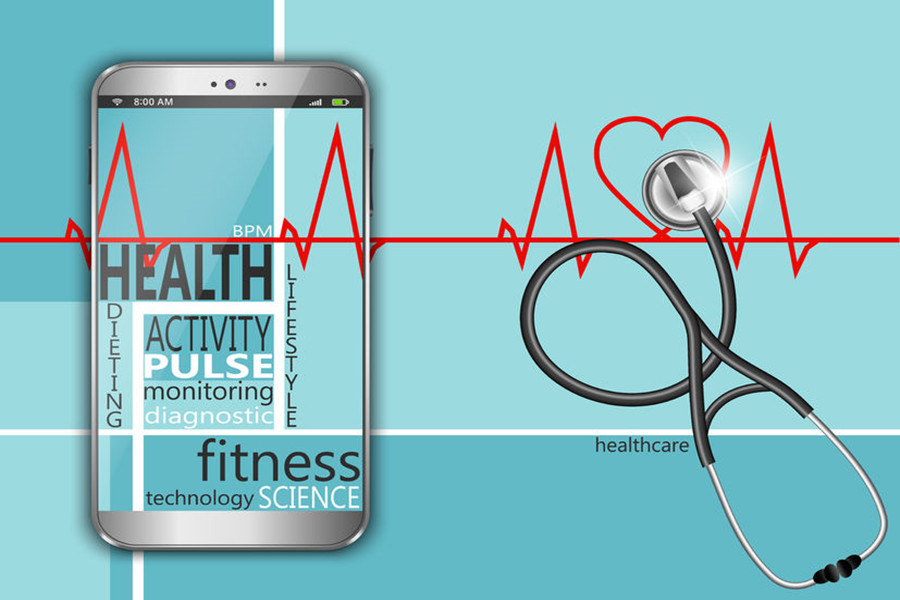Consumption of medical equipment trend, wearable medical equipment will be the next hot spot

The biggest advantage of wearable devices is that they can easily store personal health information regardless of time and location.According to market research firm Transparency Market Research's report, the capacity of wearable market in 2012 was 750 million US dollars.But by 2018, the capacity of the it is estimated to be $ 5.8 billion. CAGR up to 40.6%.
Among them, the wearable medical devices in terms of market capacity, or compound growth rate, are much higher than the other categories.At the same time, wearable devices that are associated with healthcare and health occupy the majority of the entire wear market.
The health-related wearable devices mentioned here can be roughly divided into two major categories, medical and non-medical,Such as portable blood glucose meter belongs to the medical category, and millet bracelet are non-medical category.However, the boundaries between the two are not strictly applied, and even many wearable devices that are originally intended for entertainment have healthy uses.Such as Google glasses can be used for live surgery, telemedicine, etc .; smart watches can be used to monitor blood pressure and heart rate, etc., both have potential health and medical value.
The medical wearable device pursuit of professional, precise, and thus relatively simple function, which is also determined by the current status of science and technology development.Wearable medical devices are just emerging, technical limitations and the precise requirements that make manufacturers unable to focus more functionality on a piece of small equipment.For example, the more commonly used blood glucose, blood pressure, ECG testing equipment, are single function. However, relative to the consumer equipment, such as iWatch, the former is far more accurate than the latter
The medical wearable device workflow is generally the case:
Through a specific sensor to monitor the wearer's certain physiological characteristics (such as blood glucose, blood pressure, ECG, etc.);
Wearables upload data directly or indirectly to the server through a paired cellphone;
User data is processed by a doctor or computer for diagnosis of disease or decision on medication;
Take wearable blood glucose monitoring equipment for example, the United States Medtronic launched blood glucose real-time continuous monitoring system has been approved by the US Food and Drug Administration.This system uses a disposable, continuous glucose detection probe attached to the patient's abdomen with a thin metal wire that will pierce the skin painlessly.The probe measures the glucose concentration in the interstitial fluid in the skin every 10 seconds and then wirelessly passes through the RF transmitter to the receiver.The receiver averages the resulting data every 5 minutes and then converts it to a blood glucose value to store.Compared with the traditional finger test, this method collects more than 100 times more information per day.
The continuous follow-up of patients can help doctors to know more about the patient's condition, which is of great practical significance both before and after treatment.The accumulation of patient personal data also helps to personalize diagnosis and treatment. For example, take blood pressure as an example. At present, the upper and lower limits of high and low pressure set by China are all based on the average level of the group, which may be slightly different from that of the individual.Continuous tracking of patients helps to determine a personalized baseline and improve the accuracy of diagnosis and treatment.
In addition, as China gradually enters an aging society, empty nesters and the number of elderly living alone increase. Wearable medical devices can remotely monitor the physiological indicators of the elderly in real time so that they can be helped promptly and reduce the risk of diseases.
Wearable monitoring devices can also be linked with other systems to better serve their patients.For example, a portable glucose meter can be connected to a portable drug injection device to inject insulin into the patient if needed.The blood pressure, ECG monitoring equipment can also be directly connected with the hospital's emergency system in order to find emergency signals in case of emergency.Therefore, wearable devices can improve self-health management capabilities and reduce reliance on doctors and hospitals.
There are more and more factors threatening personal health in modern society, people are more and more concerned about their own health, and wearable medical equipment has a more extensive demand basis.Wearable health medical devices will become essential consumer goods, which also means a huge market.
Therefore, the consumption of medical equipment is the trend of the time, which is the reason why many IT giants have entered this area.In fact, the wearable health device,from hardware,it is just the components of the sensor, wireless transmitter and receiver, has many commonalities with other IT products.The background of data transmission, processing, analysis, etc. is even the IT giants’ strengths. Therefore, it is not surprising that IT giants are entering the wearable and portable medical space.
Analysts believe that wearable medical devices is the next hot smart terminal, with the basic conditions of the mobile Internet continue to mature, networking faster and faster, the applications of future will be more broad.